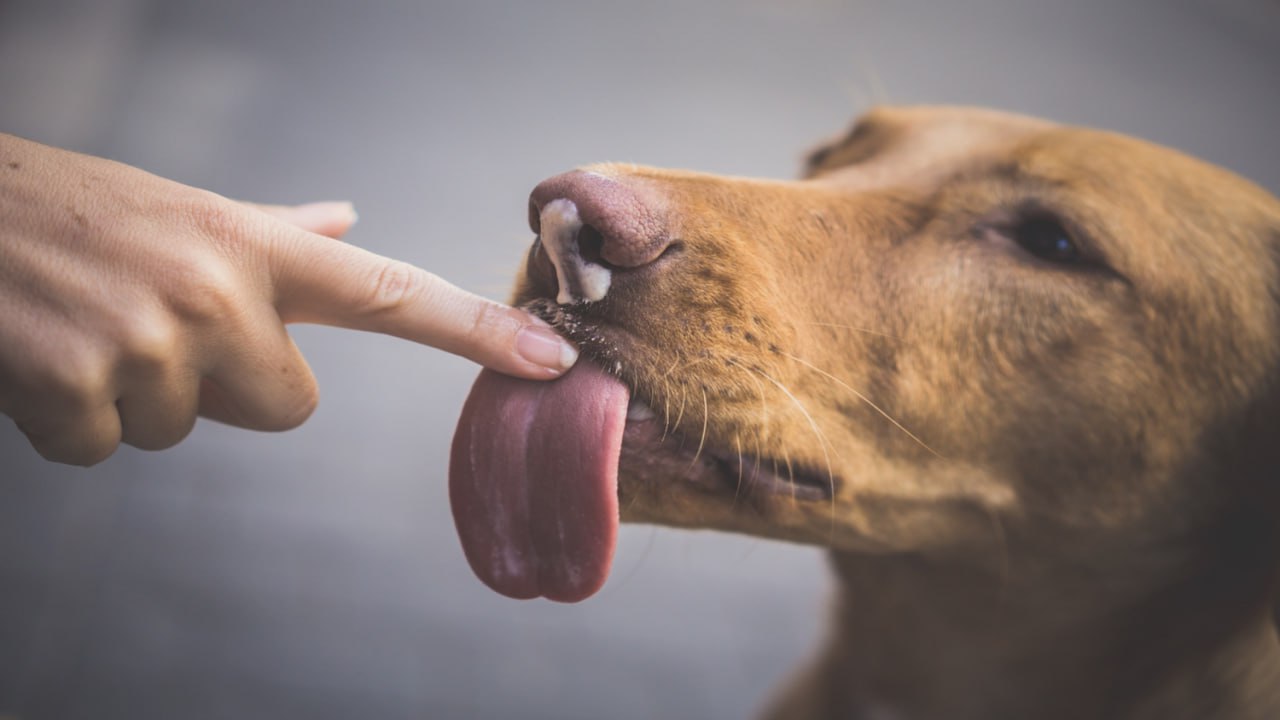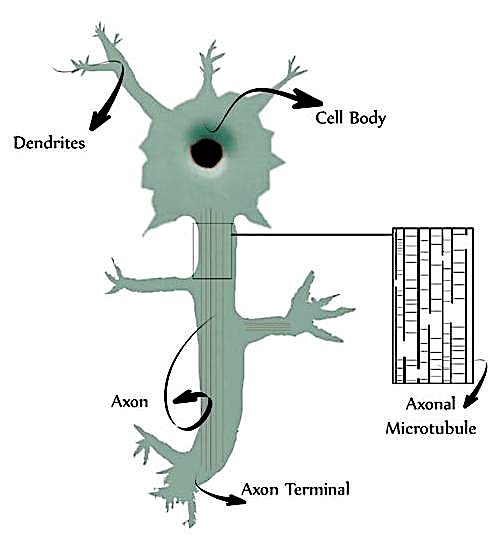Hello,
I’m a seasoned Biomedical Engineer with a strong focus on Biomechanics. I hold a M.Sc. from Sahand University of Technology and a B.Sc. from the Islamic Azad University Science and Research Branch, both in Iran. With a career spanning over a decade, I’ve honed my skills in various capacities including as a Technical Director and Researcher. My experience extends from working at Fanavaran Tose’e Tebe Mehr and Nasle Noandishane Pars, where I handled Zimmer Biomet T.K.A. & T.H.A. devices, to conducting research at Aryogen Pharmed and the Pasteur Institute of Iran.
I’ve also had the privilege of being a Visiting Scholar at The Beuth University of Applied Sciences Berlin. My collaborative nature has led me to be part of teams such as the Computational Neuroscience member at Neuromatch Academy and a Student Conference Volunteer at the IEEE Conference.
If you are interested to know more about me, I’ll be glad if you find it in my CV and my skills. more over, it is my pleasure if you contact me through Email as well.

Project
Decoding ECoG hand and tongue movement
Brain-Computer Interface (BCI) is a communication system that uses brain signals to control devices, being of high relevance for people suffering from severe paralysis, such as locked-in syndrome (LIS), that can be caused by e.g. stroke, metabolic diseases, neuromuscular disorders (such as ALS), cerebral palsy. A common BCI consists of (1) a training or calibration part, (2) a classifier setup, and (3) the online part, where users receive direct feedback. In this study we focus on building a classifier that decodes movements from electrocorticography (ECoG) derived cortical activity. We aim to identify which temporal, spatial and spectral features maximize the classification accuracy of actual and imagined movements per and across subjects. We will use part of the dataset from Miller 2019, which contains ECoG signals from 7 subjects who performed actual and imagined finger and tongue movements. The continuous ECoG was divided into epochs containing the actual (hand and tongue) and imagined (hand and tongue) movement. We will first start our investigation within each subject and then try to generalize our pipeline to analyze data across subjects. Our data analysis pipeline includes extracting the most relevant channels and slicing time window, PCA, and, finally, performing classification.

Articles
1. Microfluidic devices as in-vitro microenvironments for stem cell culture
Abstract
Many potential therapies are currently being studied that may promote neural regeneration and guide regenerating axons to form correct connections following injury. It has been shown that adult neurons have some limited regenerative capabilities, and the lack of connection formation between neurons is not an intrinsic inability of these cells to form axons after being damaged, but rather the inhibitory microenvironment of the injured tissue prevents regeneration. In this study, the polarization and chemotaxis of neuronal stem cells (NSC) in response to quantified gradients of nerve growth factor (NGF) was examined. To accomplish this, a microfluidic device was designed and fabricated to generate stable concentration gradients of biomolecules in a cell culture chamber within a 3D microenvironment. Numerical simulation was implemented to optimize the device geometry for generating a uniform concentration gradient of NGF which was found to remain stable for multiple hours. NSCs migration was studied within this microfluidic device in response to NGF concentration and within a 3D environment of collagen matrix. This device is expected to have wide applicability in the study of shear-sensitive cells such as NSC and non-adherent cell types as well as in the study of migration through three dimensional matrices.


2. Plaque structure affects mechanical stress distribution within blood vessels
Abstract
The main goal of this study is to investigate the effects of plaque structure on its stress distribution. Rupture of plaque causes cerebrovascular diseases which lead to high mortality rates all over the world. Computers are powerful tools to understand the mechanism of plaque rupture. In this study, 3D fluid structure interaction simulation is constructed in ABAQUS 6.13 to clarify the relation between stress distribution of plaque and its structure. A model of common carotid artery with distributed stenosis was chosen for the simulation. To investigate the effects of plaque structure on stress distribution, thickness of fibrous cap and lipid core size were varied in the stenosis. Furthermore material properties of plaque were changed to study their effects on stress distribution. The models were simulated under pulsatile flow during the heart cycle and the stress distribution, maximum plaque wall stress and the flow shear rates were analyzed. The results of this study show that the viscoelastic properties of the plaque and the vessel wall reduces flow shear rate. Moreover it was shown that the thickness of fibrous cap is a more important parameter than lipid core size and the maximum plaque wall stress is more dependent to fibrous cap thickness rather than the lipid core size.
3. Homo-oligomerization of transmembrane α-domain of integrin
Abstract
Integrins contribute to form focal adhesions complex. Therefore, simulation of integrin interactions can be helpful in clarifying the mechanism of focal adhesion formation. Interactions of integrins can also initiate signal transduction in the focal adhesions. Since integrins contain α and β subunits that are separated in an active state, studying both subunits separately is crucial, since, in the active state of integrins, the distance between these subunits is long enough that they do not influence one another significantly. Thus, this study aims to investigate the tendency of α subunits of integrins to form homodimers. All simulations were carried out via MARTINI coarse grain (CG) molecular dynamics technique. α subunits were placed in 1-palmitoyl-2-oleoyl-sn-glycero-3-phosphocholine (POPC) lipid bilayer at a distance of 5 nm, and they were allowed to diffuse in the lipid bilayer. All simulations showed that α subunits have a tendency to form stable dimers.


4. Dynamic response of axonal microtubules under suddenly applied end forces
Abstract:
Axon is a filament in neuronal system and axonal microtubules are bundles in axons. In axons, microtubules are coated with microtubule-associated protein tau, a natively unfolded profuse filamentous protein in the central nervous system. These proteins are responsible for the cross-linked structure of the axonal microtubule bundles. Through complimentary dimerization with other tau proteins, bridges are formed to nearby microtubules to create bundles. The transverse reinforcement of microtubules by cross-linking to the cytoskeleton has been shown to enhance their ability to bear compressive loads. Though microtubules are conventionally regarded as bearing compressive loads, in certain circumstances such as in traumatic stretch injury, they are placed in tension. We employ Standard Linear Solid, a viscoelastic model, to computationally simulate microtubules. This study investigates the dynamic response of two dimensional axonal microtubules under suddenly applied end forces. We obtain the results for steady state behavior of axonal microtubule for different forces.
